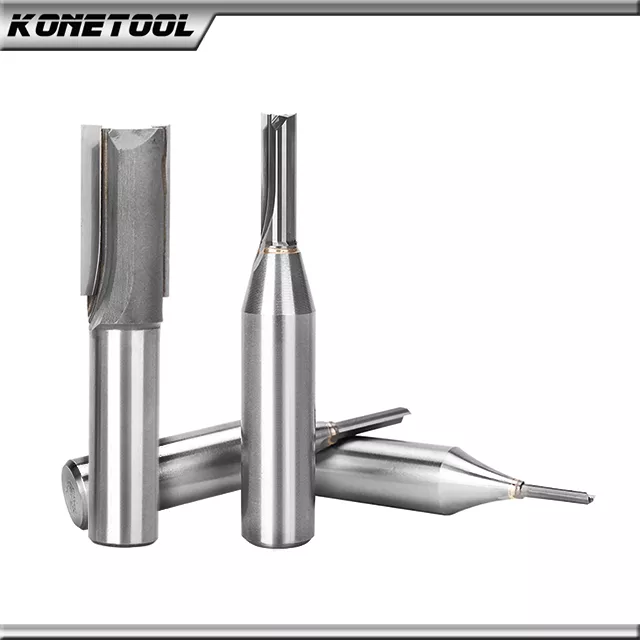- Cause: You use a low speed connection or the Internet is slow at this time. Solution: Hit the Refresh Button of the browser.
- Cause: Your browser is not complying with the cascading style sheet used. Solution: Update your browser. We recommend Internet Explorer (IE) or FireFox.
 Terra* viewed from space. Photo courtesy of NASA. Quote We should not say 'I am an Athenian' or 'I am a Roman' but 'I am a Citizen of the Universe'. Marcus Aurelius |
|
Choosing the right straight router bit for your project is essential to achieving clean, precise cuts. Straight router bits are used to create straight, flat-bottomed grooves, slots, and channels in a range of materials, including wood, plastic, and metal. Here are some tips for choosing the right straight router bit for your project. Consider the Material Being CutDifferent materials require different types of straight router bits. For example, a bit designed for cutting wood may not be suitable for cutting metal. When choosing a straight router bit, consider the material being cut and choose a bit that is appropriate for that material. Choose the Right Cutting Edge
Choose the Right Diameter and LengthThe diameter and length of the straight router bit will determine the width and depth of the cut. Choose a bit that is appropriate for the width and depth of the groove or slot you need to cut. Be sure to also consider the length of the bit, as this will determine how deep a cut you can make. Choose the Right Shank SizeThe shank is the part of the bit that fits into the router. Make sure the shank is the correct size for your router. Most routers use either a 1/4″ or 1/2″ shank, but some routers may require a different size. Choose the Right Specialty BitIn addition to the common straight-cutting bit, there are several specialty bits available, including flush-trim bits, chamfer bits, edge-forming bits, and V-groove bits. Consider the specific needs of your project and choose the appropriate specialty bit for the job. Consider the Speed and Power of Your RouterWhen choosing a straight router bit, consider the speed and power of your router. Some bits are designed for use with high-speed routers, while others may be more suitable for low-speed routers. Be sure to choose a bit that is appropriate for the speed and power of your router. Choose a High-Quality BitChoosing a high-quality straight router bit is important to achieving clean, precise cuts and ensuring the longevity of the bit. Look for bits made from high-quality materials, such as carbide, and choose a reputable brand with a good reputation for quality. ConclusionChoosing the right straight router bit is essential to achieving clean, precise cuts in your woodworking and carpentry projects. When choosing a bit, consider the material being cut, the diameter and length of the bit, the shank size, the speed and power of your router, and the specific needs of your project. Choose a high-quality bit made from quality materials to ensure the best results. With the right bit, you can achieve professional-quality cuts in your woodworking and carpentry projects.
©Copyright 2022 Gabriel Ditu
|
|
 Admiring the universe |

